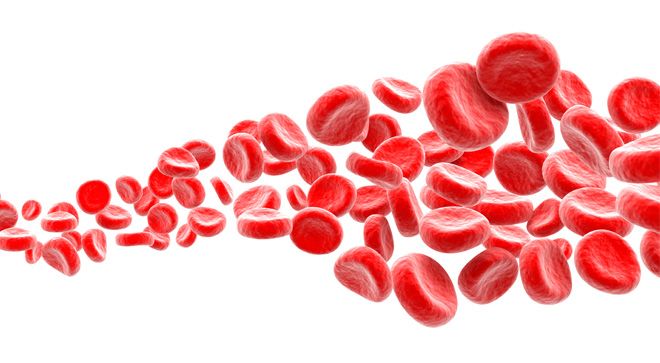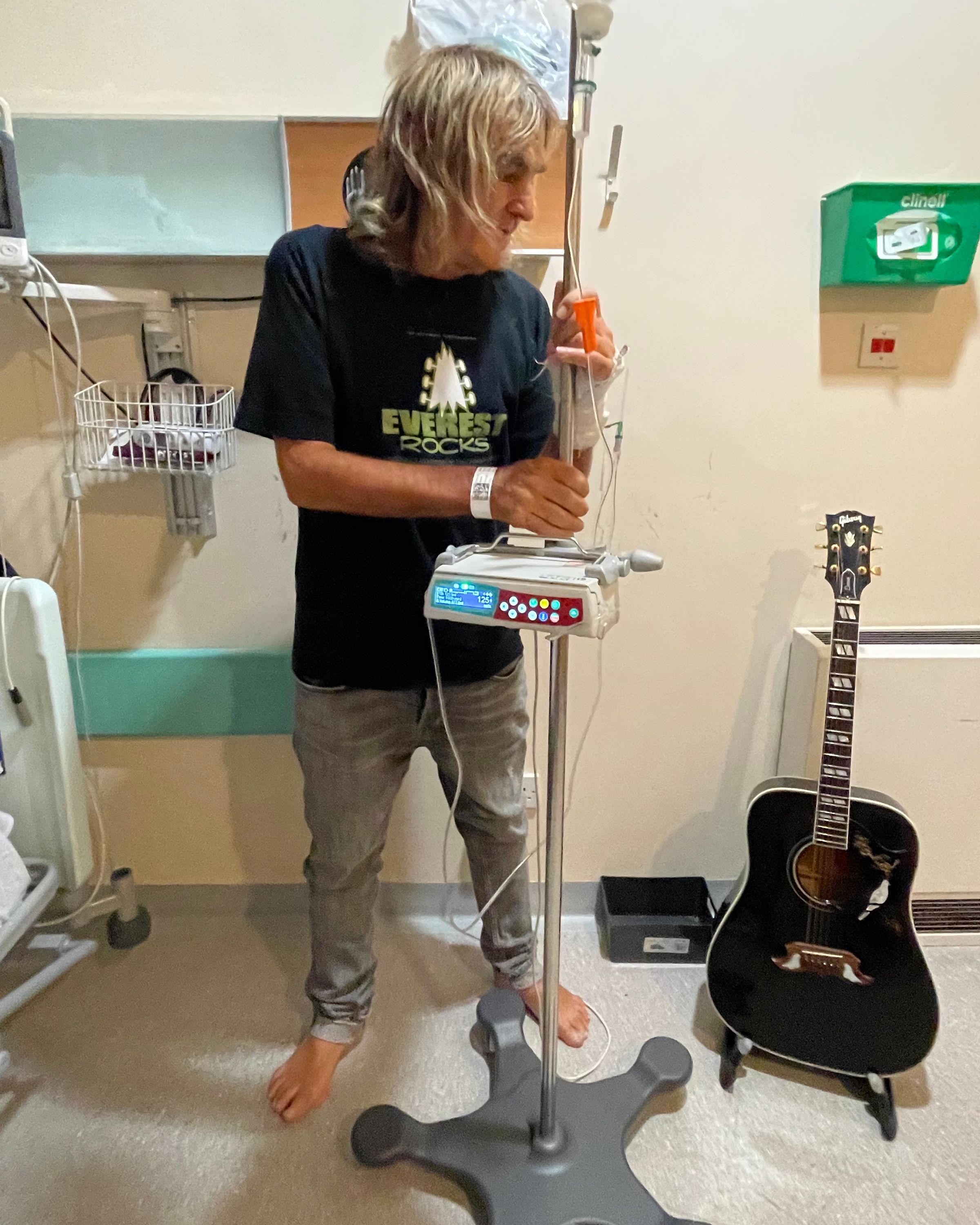Article
A Look Back at the Beginnings of CAR-T Cell Therapy
Author(s):
A novel type of immunotherapy known as chimeric antigen receptor, or CAR, T cell therapy is a hot topic in the news and in the lab. But what does this treatment consist of, and how was it developed?
CAR-T cell therapy is a relatively new type of immunotherapy that involves genetically modifying T cells to better target and destroy cancer cells, effectively harnessing a patient’s immune system to fight the disease.
Since its discovery, this treatment — which involves removing T cells from patients, engineering them in a lab and then reinfusing them — has come a long way. CAR-T cell therapy has gained Food and Drug Administration (FDA) approval to treat some B-cell malignancies and investigation continues into their use to treat additional blood cancers as well as solid tumor types. But as it becomes available to more patients, some might wonder: Where did CAR-T cell therapy come from?
CURE® recently spoke with Bruce Levine about the roles he and his colleagues from the University of Pennsylvania Perelman School of Medicine in Philadelphia played in the development and advancement of this treatment paradigm.
When Levine and his colleagues first began their preclinical work with T cells and cancer, he explained, their investigation concentrated on immune signals, or messages sent through intracellular pathways that stimulate the body to fight invaders. The strength of those signals and their benefit to patients remained to be seen. “We focused on signals, meaning that there was an immune response or tumor response” when CAR-T therapy was administered, Levine, who has a doctorate in immunology and infectious diseases, said. The researchers thought that finding signs of “safety and feasibility and clinical efficacy would be great,” he said, “but by that time, we had been preconditioned to know that cancer was challenging.”
Yet as they moved deeper into their research, Levine explained, the results were nothing short of a dream come true. “What happened with Bill (Ludwig) and Doug (Olson) and other patients that followed, and Emily Whitehead when we started with kids,” Levine said, “if you drew on your whiteboard the dream of what could possibly happen, that's what happened.”
With each new patient, Levine and his team continued to see positive responses. “It's not one single eureka moment,” he explained. “The way I've described it is like you're playing baseball and there are 19 singles in a row. At some point, you realize something special is happening that doesn't ordinarily happen.”
But, as with many complex scientific endeavors, the investigation revealed some pitfalls: A number of patients didn't respond. “Three out of three responded, with two complete responses and one partial response, and we're thinking: ‘This is amazing.’ And everyone's conditioned (to believe) that every person should respond that way. And (then) we had some who didn’t,” Levine recalled.
After their results were published in the New England Journal of Medicine, Levine and his colleagues were shocked at the response, which included coverage by more than 800 media outlets around the world. As Levine described, this is when companies started contacting the researchers, inquiring about licensing the technology to get it approved by the FDA. Ultimately, the team selected Novartis because of its oncology and global regulatory expertise.
As a result of the positive response to their paper, Levine continued, the first clinical trials were easy to fill. “Certainly, following publication in August 2011, everyone knew those results,” he said. “And then it was absolutely no problem to enroll. In the days and weeks after that media coverage, I think Penn was contacted 4,000 times by patients or families wanting to enroll in that trial for any cancer, which we didn't have at the time.”
Exponential Growth
While our understanding of CAR-T cell therapy and its potential applications has grown exponentially over the past 20 years, only two agents are currently FDA-approved: Kymriah (tisagenlecleucel) and Yescarta (axicabtagene ciloleucel), both for the treatment of cancers that originate in the B cells, a type of immune cell. For now, the therapy is approved strictly for patients with recurrent cancer or disease that was resistant to at least one prior treatment.
Levine envisions CAR-T therapy being more widely accessible in the future, partly through a more streamlined and affordable manufacturing process. “We have a very manual process,” he said. “We've got to automate it, both in the manufacturing and the documentation of the logistics. We've got to shorten it and make it less expensive to provide wider access.”
These advances could eventually lead to CAR-T cells being approved for use in other cancer types, such as solid tumors, but further study is needed. “Moving into solid cancers requires not only identifying the proper cohort of antigens,” or invading organisms, Levine said, “but increasing the potency of the CAR-T cells.”
When it comes to the benefits these treatments could offer patients, Levine cites the empowering notion of using one’s own immune system to fight the disease. “People view it as a more effective way of fighting back using their own immune system and their own cells rather than being poisoned by chemotherapy,” he said.
In addition to the potential for a shorter treatment duration (one infusion compared with a lengthy chemotherapy and/or radiation schedule), Levine says the side effect profile of this therapy is another benefit. “If you compare the side effects of conventional treatments (with those associated with) CAR-T cells, they're really quite mild, apart from severe cytokine release syndrome (in which the immune system attacks healthy organs) in some patients with high tumor burden,” he said, adding that significant long-term effects are not expected.
While it’s not available widely yet, Levine stresses that CAR-T cell therapy should be part of a larger conversation about treatment, particularly when clinical trials are in the mix. “I think the message for patients is there is a lot of progress, but to speak with their oncologist to understand what potential there is for CAR-T cell therapies,” he said.




